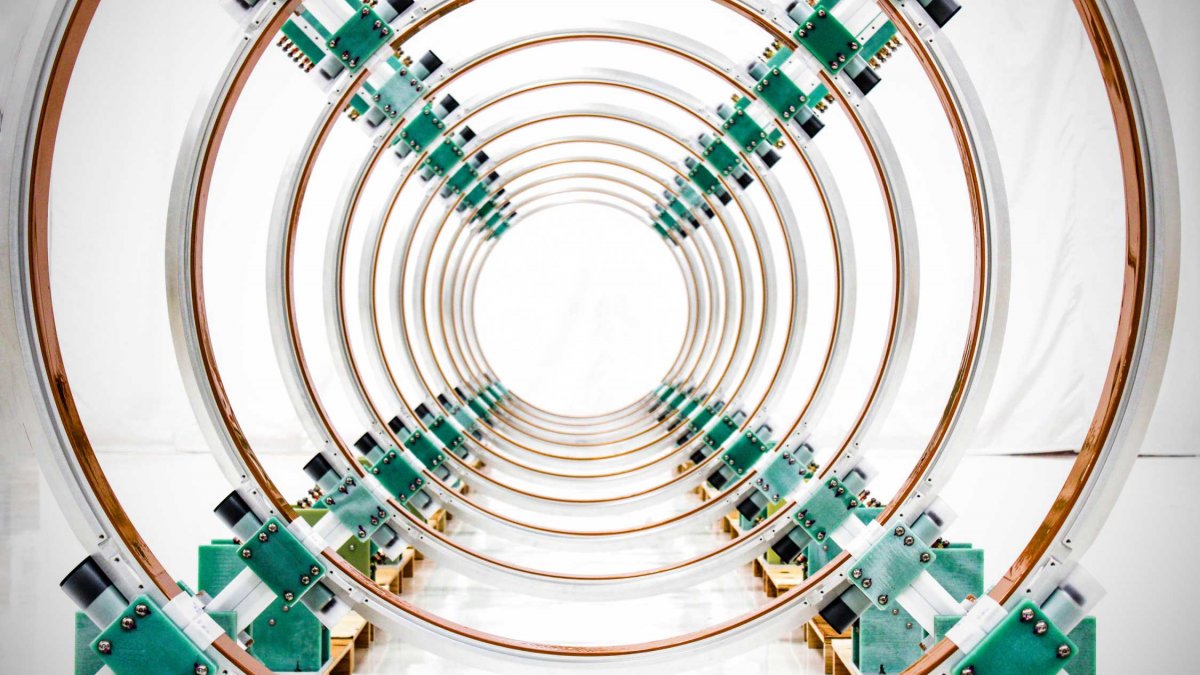US startup Helion Energy, backed by OpenAI co-founder Sam Altman, believes it can have the world‘s first commercial fusion power plant up and running in half a decade. For comparison: regular science has been working on the revolutionary climate-neutral energy technology for more than three quarters of a century, but names considerably more conservative schedules.
Helion Energy’s announcement is a startling claim. Generating energy like the sun – and that in five years? Physicists are skeptical. That’s largely because the company hasn’t commented, and doesn’t want to comment, on whether it passed the first major test of any fusion technology. Does his method manage to extract more energy from the process than is required for its operation?
Nevertheless, the ten-year-old company based in Everett, Washington, has already found its first customer for the planned commercial plant and has even signed a power purchase agreement with software giant Microsoft. Helion expects the facility to be built in Washington state, to be on-line in 2028, and to reach full generating capacity of at least 50 megawatts within a year.
Compared to other power plants, however, this is not much: The output of a typical US natural gas power plant is currently well over 500 megawatts. Still, Helion’s project would be a big deal: Economical commercial fusion power plants could be a steady source of clean electricity without the variability of solar and wind power, or the controversies surrounding nuclear power, fusion power’s cousin. It could make it cheaper and easier to eliminate the greenhouse gases that drive climate change from the energy sector. At the same time, it would help to meet the rapidly increasing demand for electricity resulting from the decarbonization of transport, households, buildings and industry.
On the way to a breakthrough?
Helion is very optimistic: Other fusion start-ups do not want to start operating power plants until the early 2030s at the earliest. And many observers think even these timelines are overly optimistic. Unless Helion has made major strides – which have not been communicated – the company would still face a number of very difficult technical challenges, says Jessica Lovering, executive director of the Good Energy Collective, a research organization that advocates for the use of nuclear energy, among other things. to stop climate change.
There is, as mentioned, the fact that the process produces more energy than it consumes – and the conversion of that energy into a consistent, affordable form of electricity that could be fed into the grid. “So there are two big unproven steps,” says Lovering, adding that she is “skeptical about technological readiness.” Adam Stein, director of the Nuclear Energy Innovation Program at the Breakthrough Institute, agrees that Helion still faces some major technical roadblocks. “That doesn’t mean it’s impossible, but it’s not an easy walk to victory either, as is often portrayed,” he says. “These are real breakthroughs we’re talking about here.”
So far, only one research group, the National Ignition Facility at Lawrence Livermore Laboratory, has achieved such a “scientific net energy gain” – which in this case means that more energy was extracted from fusion than the 192 lasers needed to trigger the responses, a milestone reached late last year.
However, the experiment did not achieve the so-called “engineering gain”, which takes into account all the energy needed to operate the lasers and otherwise operate the process. Reaching this point is essential for the development of practical commercial fusion systems, according to experts. (However, the lab hasn’t even managed to repeat its first feat so far.)
Planning of the commercial plant
Helion CEO David Kirtley told MIT Technology Review in 2015 that he believed the company could achieve “scientific success” in the next three years. When we asked him again this week if the company has made any scientific or technical advances or when it expects them, he declined to comment, citing non-disclosure from the competition. The company says only that its “initial timing projections” were based on the assumption that it would be able to raise funds more quickly than it did.
In addition to the technical challenges, Helion must also design, permit and build its commercial facility while the US Nuclear Regulatory Commission is still working out the details of oversight for the nascent sector. However, Kirtley stresses that the company, which employs nearly 160 people, is taking an approach that “sidesteps” some of the obstacles faced by other research groups and startups. He also says that the company has already made significant progress.
To date, Helion has developed and tested six prototypes. In 2021, the company announced that the latest prototype, dubbed Trenta, has reached temperatures in excess of 100 million degrees Celsius, becoming the first private company to publicly announce that it can reach temperatures required for a commercial facility . The Company is currently constructing a seventh plant, Polaris, which it expects to demonstrate power generation capability from the reactions over the next year.
“Given the history of nuclear fusion, we understand that there is skepticism, and we believe that skepticism is healthy,” Helion said in a response to MIT Technology Review. “The results and progress of our 6th prototype make us very confident that our schedule is realistic and that we can build the first fusion power plant by 2028.”
